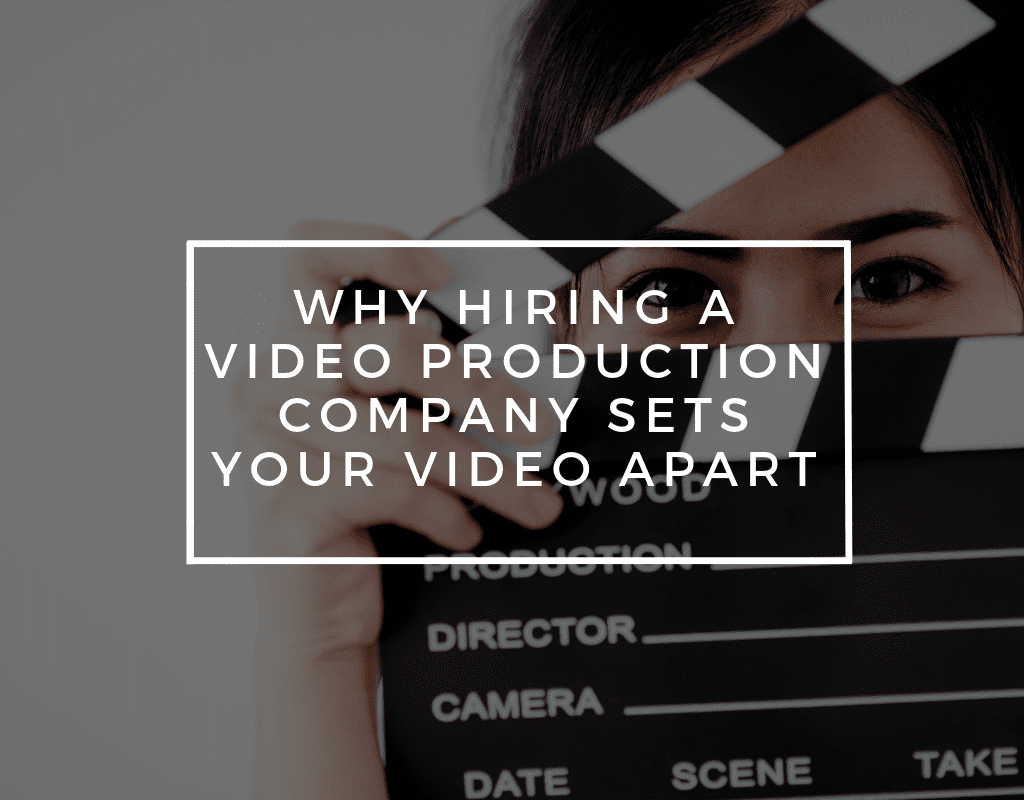
With millions of videos being uploaded online every single day, it can be difficult to know what tips and tricks to follow so your video gets noticed. You probably already know that videos are the king of online content, and have the ability to capture a viewers attention quickly. However, what can you do to keep that viewers attention?
Video production companies like us at Fusion 360 know all the secrets when it comes to creating video content. If you are getting ready to start a new marketing campaign and need some video content, here are a few reasons why hiring a video production company can set your video apart.
Storytellers
Video production companies aren’t just good with a camera and editing software, they have the ability to tell meaningful stories with their videos. A quality video producer will take the time to write a script and storyboard a video to make sure it tells the right story. The story doesn’t just have to be told through words though, a video producer can tell a story through the aesthetic of the video, the different shots they get, the music they put behind it, the colors and different editing techniques. In addition, they have the ability to make the subject feel comfortable and confident while on camera, which is something that can be difficult to do.
When your video tells a story, it gives it more of a purpose. Whether this is the story of your brand, a product or service or even a customer review, a video production company knows how to reach your audience’s emotion and keep them engaged in your content.
Constantly Changing Video Trends
If you choose to create your own videos, you might be missing out the new video trends. Video production companies are always staying on top of the new video trends. When you know what viewers are interested in and want to see, you can implement them into your own content and set your film apart from the competition.
Not only do video producers stay on top of video trends, but marketing trends as well. They know exactly how to reach their target audience and how to effectively market their video once it is posted online. It’s one thing to create a video and upload it to YouTube, but how are you going to get that video noticed by a larger audience?
Top of the Line Equipment
Video production equipment can get really pricey, especially if you want the best of the best products. When you hire a video production company, you ensure that you are getting the top of the line equipment without having to pay for each individual product.
High-quality equipment equals a high-quality final product. Wouldn’t you rather watch a video with beautiful cinematography and clear audio than a blurry or grainy video that sounds muffled? Part of having good, engaging content is making sure it looks polished and professional. Not to mention, high-quality content adds credibility to your company.
It really is in your best interest to hire a professional video production company to handle all your film needs. Not only will your video be set apart from the competition, but you will be saving yourself both time and money. If you have any video production questions or are ready to get started on some killer video content, give us a call here at Fusion 360!


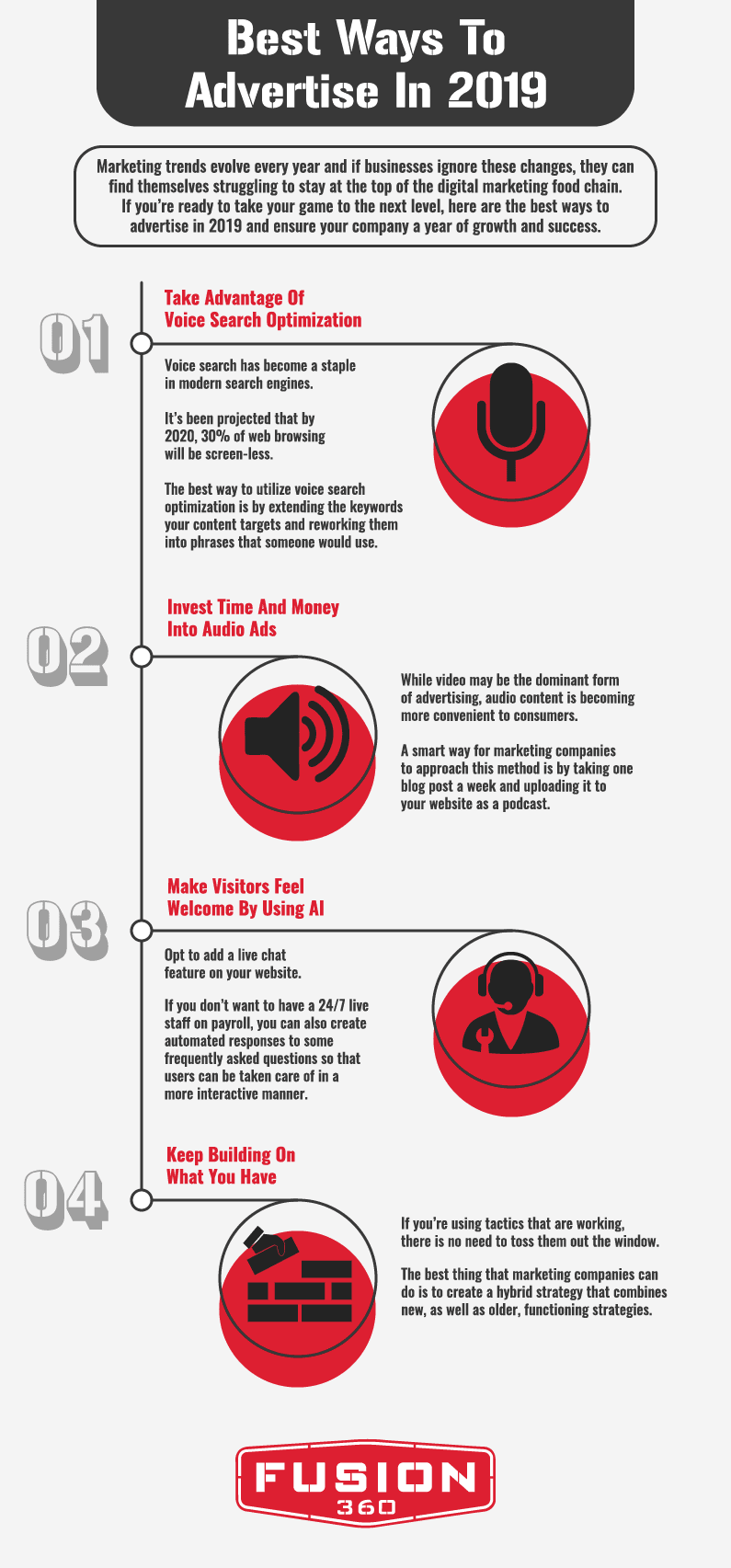
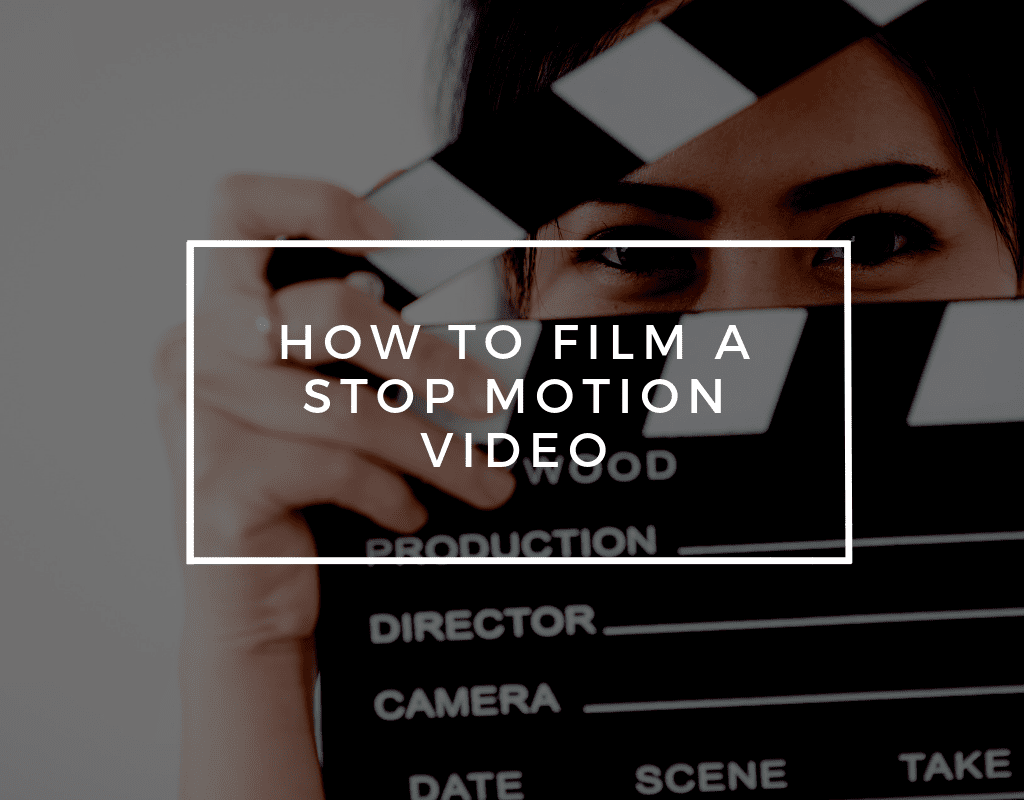
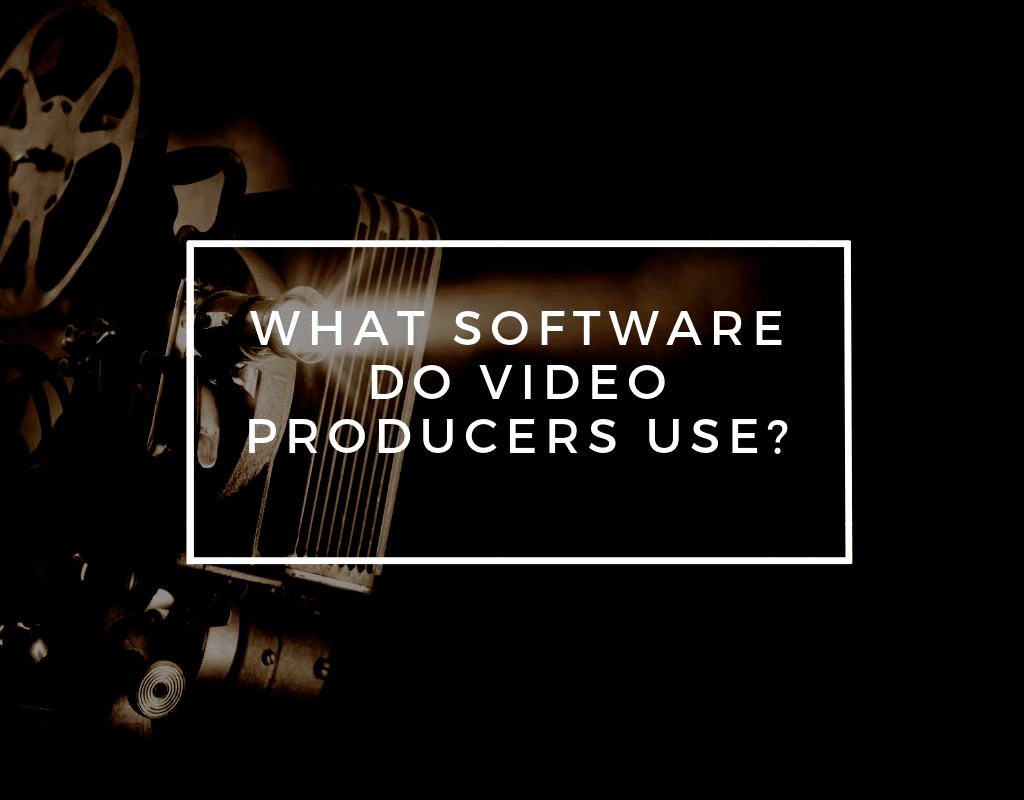
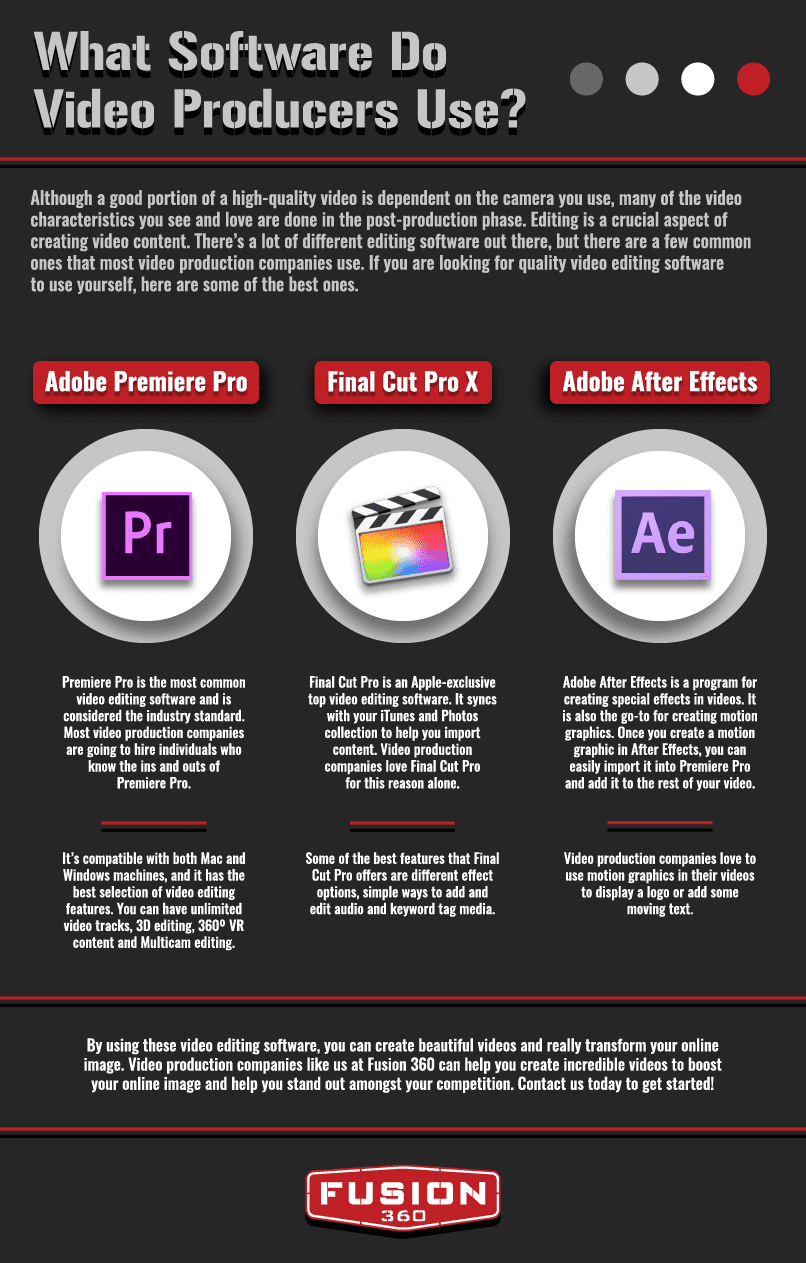





 What SEO Can Do
What SEO Can Do


